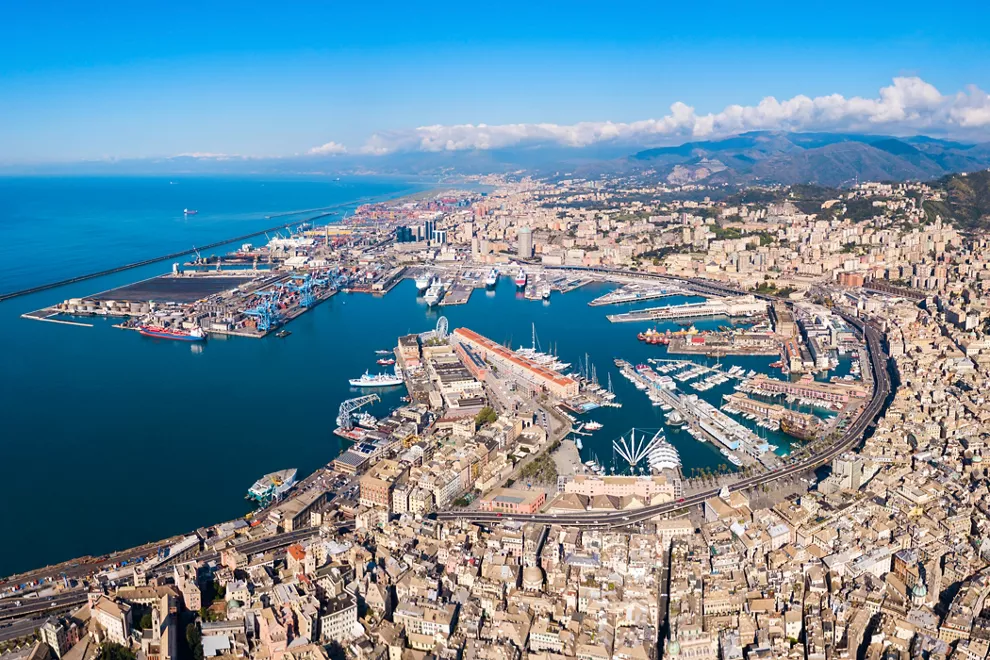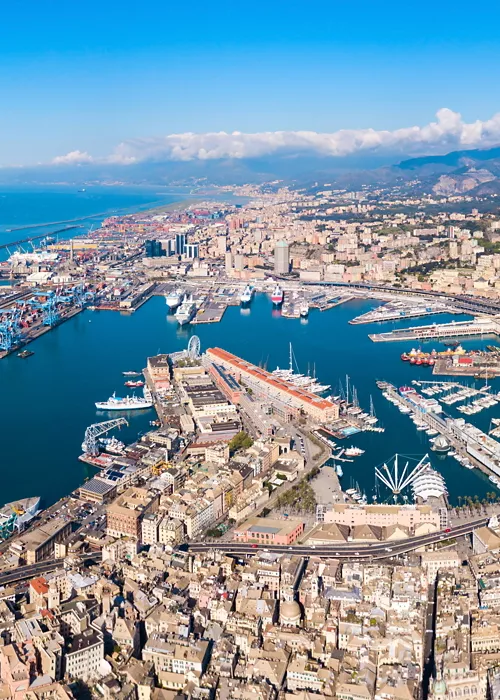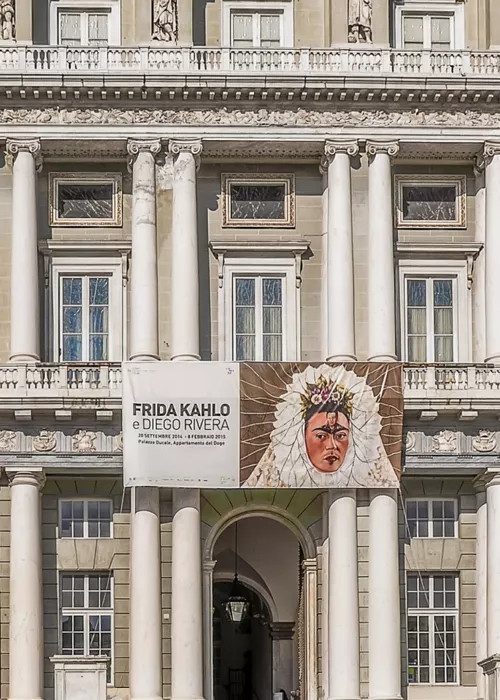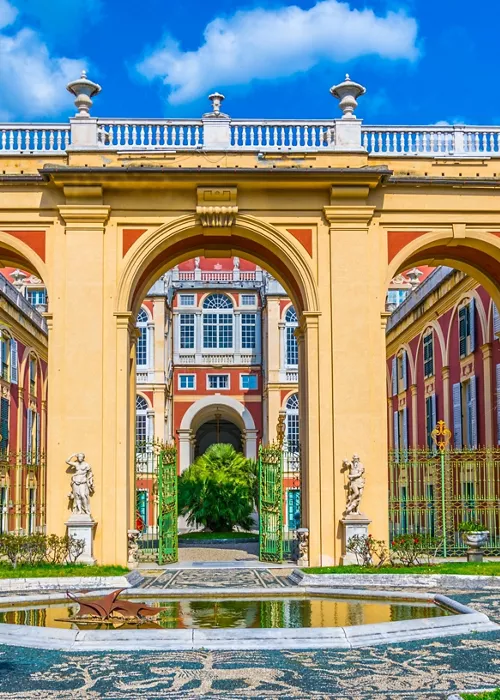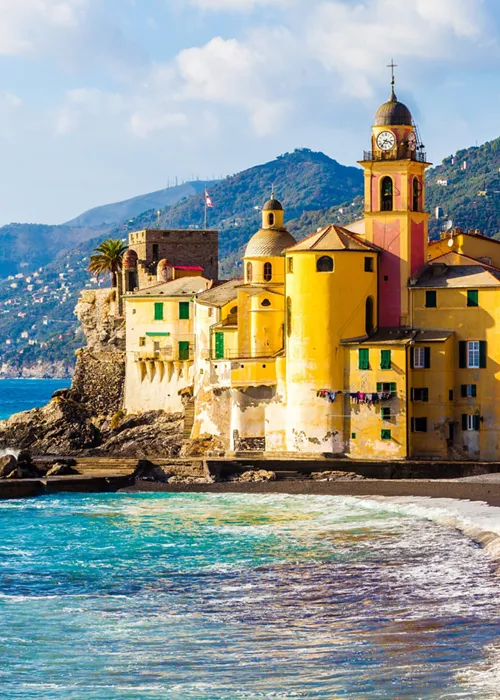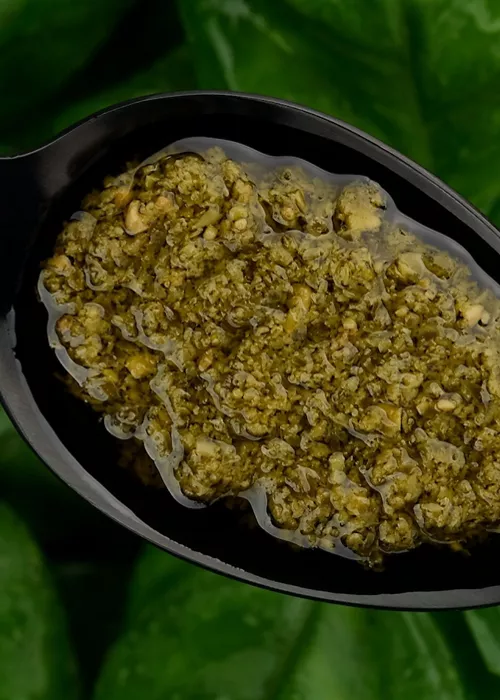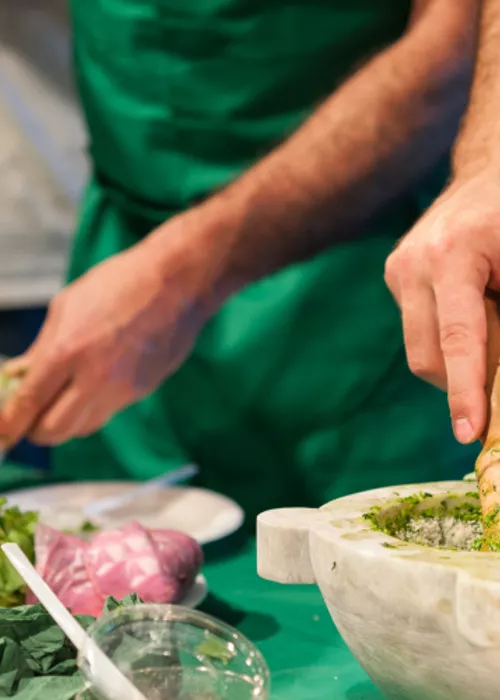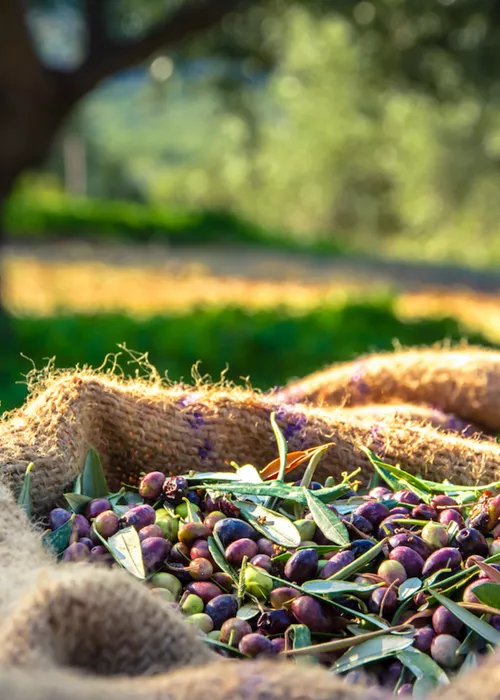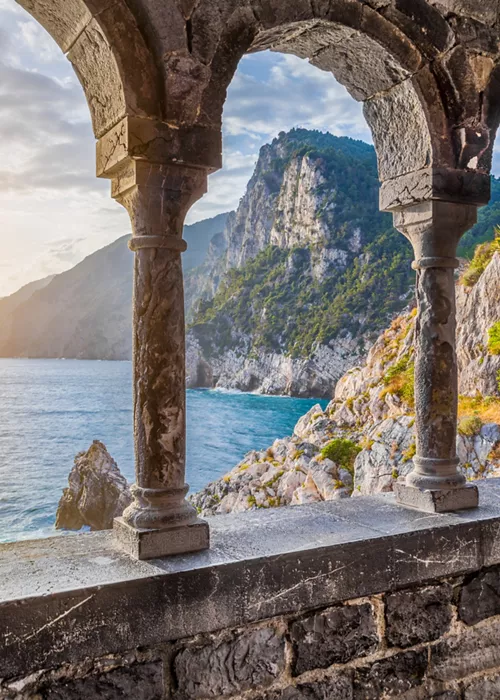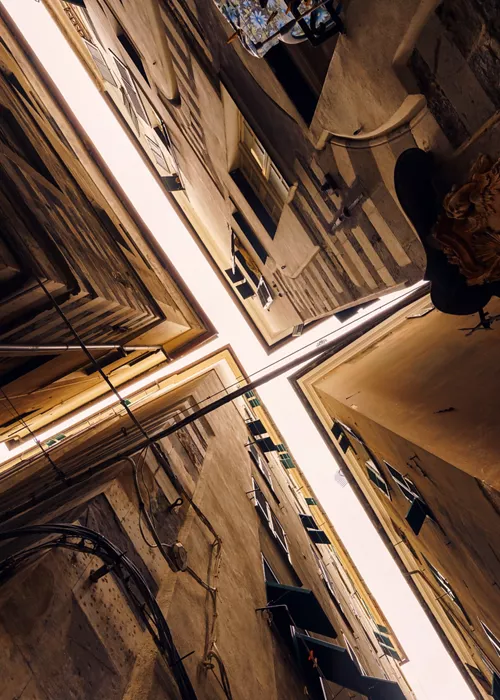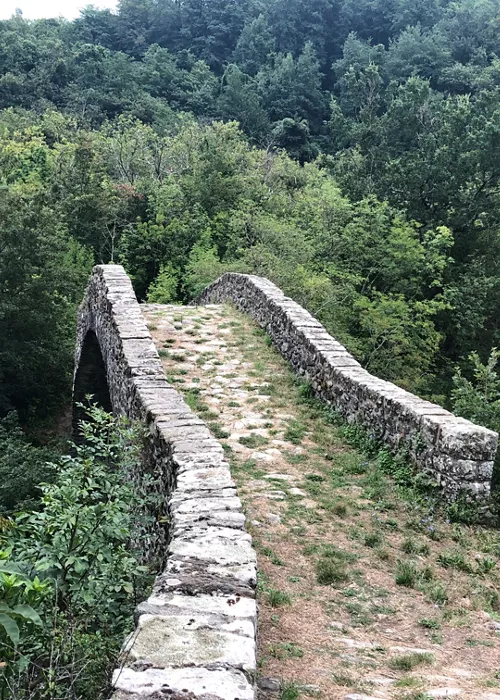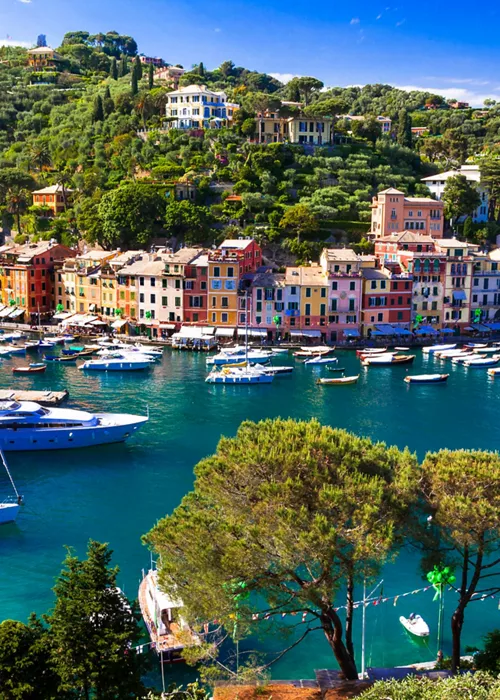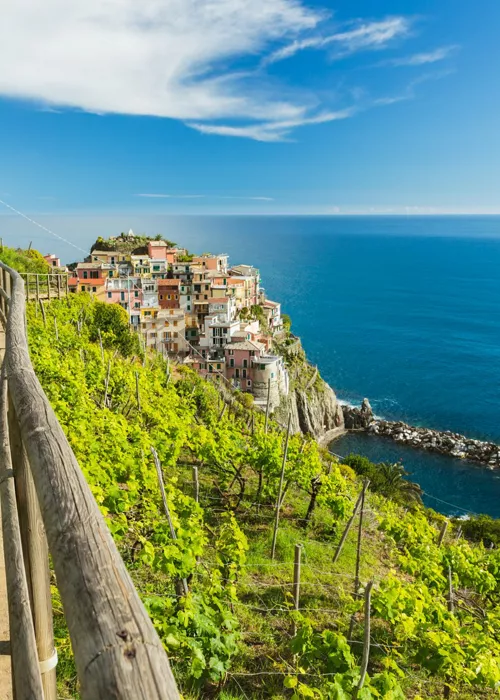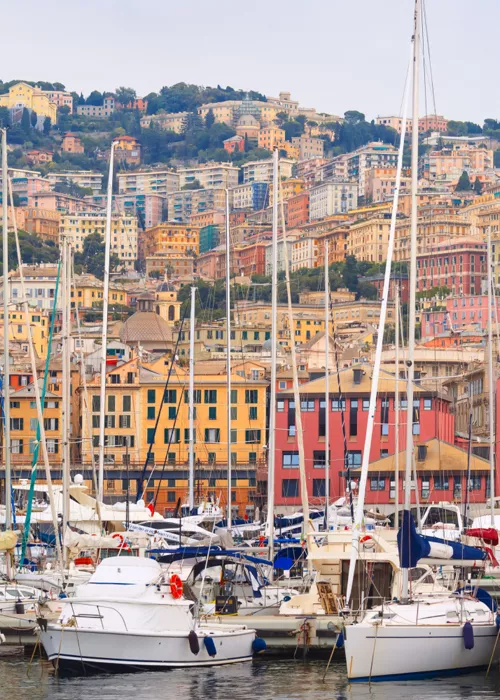Discovering Genoa, a maritime city with a glorious history
5 minutes
Overlooking the Ligurian Sea, it was the capital of one of the maritime republics from 1099 to 1797, becoming one of the greatest naval powers on the continent. Still a major economic centre, a university, scientific, cultural, musical and artistic hub, it boasts a historical centre that unravels through the enchanting caruggi, the narrow alleys lined by the high outer walls of the houses.
The palaces, villas, parks and fortresses tell of the charm of the ancient maritime republic.
The capital of delicious pesto and good food, it is home to numerous industrial activities as well as some of the most important tourism and trade fair events in the country.
The port is among the leading Mediterranean and European ports.
History and interesting facts about Genoa
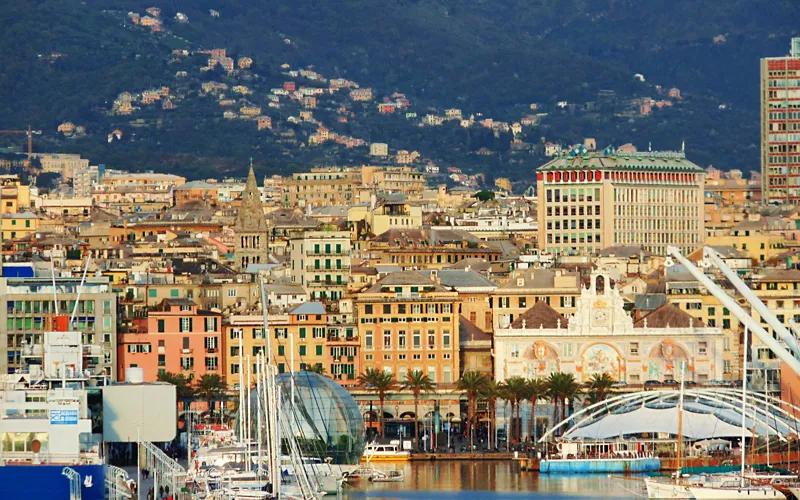
The first settlements on the Genoese territory date back to pre-Roman times: Publius Cornelius Scipio used this landing place to face Hannibal's invasion in 218 BC and the city was later destroyed by the Carthaginians in 205. Conquered by Belisarius, who made it a Byzantine city, it became the capital of the Duchy of Liguria in Lombard times. Upon its dissolution, the leading Genoese families took power.
Genoa's independence came in the year 1000, when the city became a trading power with unchallenged dominance over part of the Mediterranean, together with Pisa. In 1162, the conflict between Frederick Barbarossa and Genoa became heated, but the strength with which the city managed to defend its independence earned it the nickname "Genoa the Proud". At the Battle of Meloria in 1284, the fleet of the Republic of Genoa weakened that of the Maritime Republic of Pisa. From the 14th to the 16th century was the period of the Doges and Genoa's tradition as a city of merchants and bankers contributed to its artistic and architectural flourishing, with the construction of many palaces, now a UNESCO heritage site.
In the 17th century, the city faced the expansionist aims of the Savoy family and, at the end of the century, established political and commercial relations with France.
Genoa was not spared by Napoleon Bonaparte and his rule, but with the birth of the Italian state in 1861, it regained its hegemony by entering the Italian industrial triangle with Milan and Turin.
On account of its central position in the economic life of the country, it was targeted in World War II and had over 11,000 buildings destroyed or damaged. It then played a leading role in the partisan resistance.
What to see in Genoa: places not to be missed
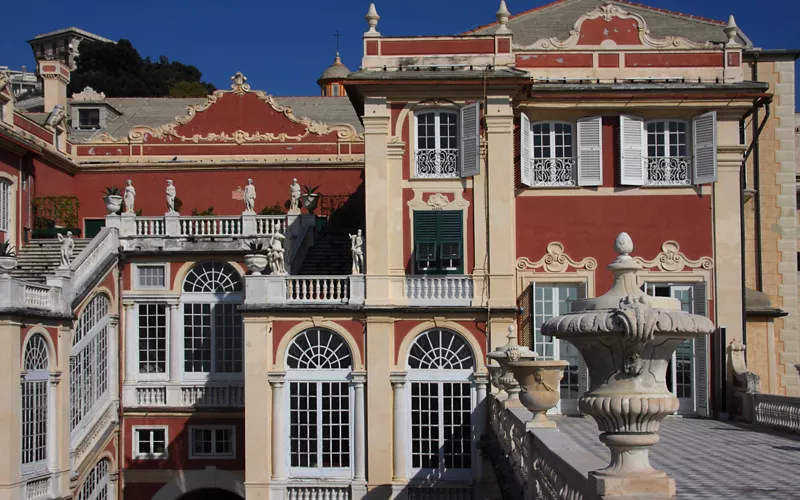
Genoa is a city of overwhelming charm, squeezed between the mountains and the sea, its past like a crossroads of different people and cultures that various poets, writers and songwriters have told. What to see in Genoa? A mini-guide of tourists' favourite points of interest:
- the Genoa Aquarium, the city's main tourist attraction, is the largest aquarium in Italy and the second largest in Europe after the one in Valencia, a perfect destination for young and old. Once out, you can only stroll around Genoa's Old Port, home to cultural, tourist, musical and sporting events: it is well worth a stop.
- The Ducal Palace in Genoa, one of the oldest in the city, is now an exhibition venue while the Royal Palace, one of the city's UNESCO heritage palaces, is a stop for art lovers.
- Finally the Church of Gesù, ruled by the Jesuits in the 16th century, houses the works of the major Genoese Baroque artists;
If there’s time, you should not even miss it: Via Garibaldi, Spinola Palace, the Cathedral of San Lorenzo andall of Genoa's characteristic caruggi.
4 ideas on what to do in Genoa
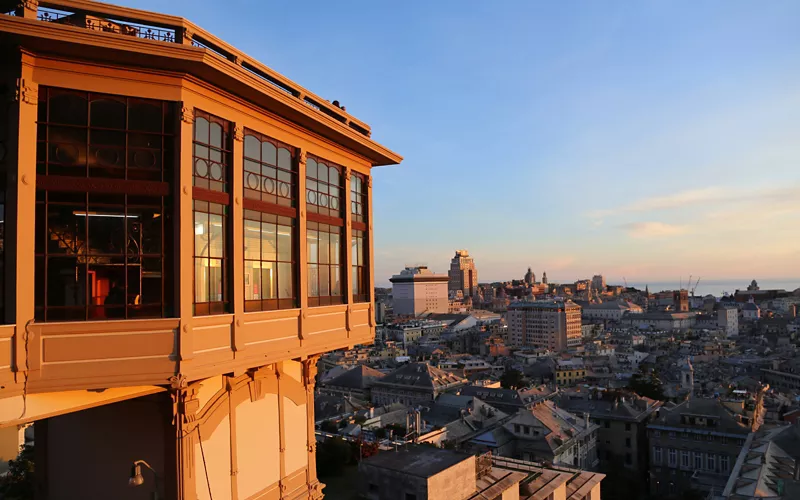
People living there often say that months are not enough to get to know Genoa well. But it helps to have the right experiences. So, what to do in Genoa after visiting the Aquarium?
A must-try at least once is the Spianata Castelletto Lift, one of the most popular because it leads to one of the most impressive panoramic views of the city.
A visit to the Lantern Museum in Genoa will leave a wonderful memory in those who appreciate multimedia exhibitions with stories and testimonies about Genoa and its surrounding area.
Lastly, the House of Genoese Songwriters is an opportunity to discover the city's influence on Italian songwriting.
What to eat in Genoa: 8 specialities

Genoa's gastronomic tradition is rich and varied, renowned for its simplicity and unbreakable link with the products of the land. What to eat in Genoa? Take a look at this list and you will realise that you are spoilt for choice:
- Of course, it startswith pesto alla genovese, the renowned basil-based sauce used to dress trofie but also testaroli, considered the oldest type of pasta.
- Speaking of first courses, the pansotti, a delicious triangle-shaped pasta with a vegetable filling, topped with a walnut and cream sauce are equally delicious.
- You can't mention Genoa without thinking of focaccia. The Genoese focaccia is eaten for breakfast together with cappuccine, and then there is the focaccia di Recco, which has become part of the Genoese DOC tradition: a delicious, thin cheese focaccia that will make you feel at ease with the world, and finally the Genoese farinata, a crispy, thin mix of chickpea flour and oil. baked in a hot oven.
- Second course enthusiasts, the Cima Genovese, a potion of veal stuffed with eggs, peas, pine nuts, parts of the meat itself, wild herbs and cheese will satisfy the most demanding among you.
But it doesn't end there. Other specialities not to be missed include the Ligurian green cake, the tripe alla genovese and the stockfish genoese-style. Try it and you'll be a believer.
Unusual places in Genoa
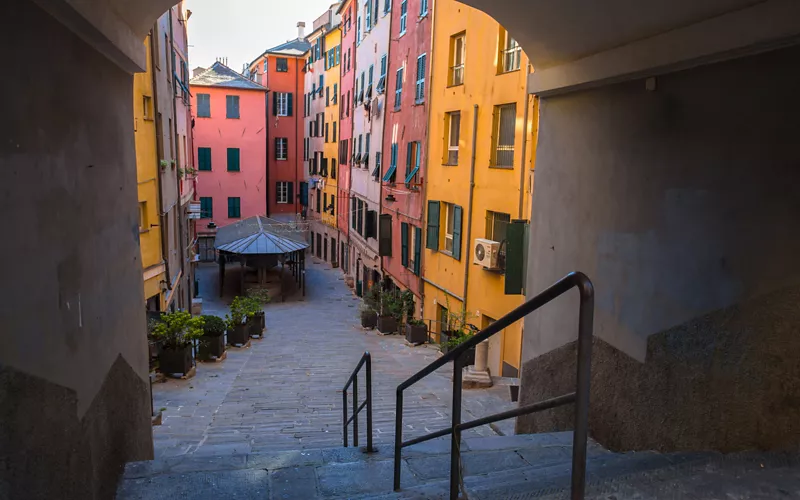
Multi-faceted and with countless alternatives, Genoa is an eclectic city like few others.
Unusual places in Genoa abound, starting with Villa Durazzo Pallavicini: a historic aristocratic residence conceived as a scenic-theatrical route in three acts on the hillsides of Genoa Pegli.
The Monumental Cemetery of Staglieno, among the most important in Europe, is also very distinctive.
Not to be missed is the Palazzo della Meridiana in Genoa, a significant testimony to the Genoese architectural renovation with fine frescoes and decorations. The Castello d'Albertis-Montegalletto Lift is another special public transport system, a mix of funicular and lift, to be taken to the castle with the Museum of World Cultures. Also recommended are the Troughs di Santa Brigida and the Quartiere del Carmine.

